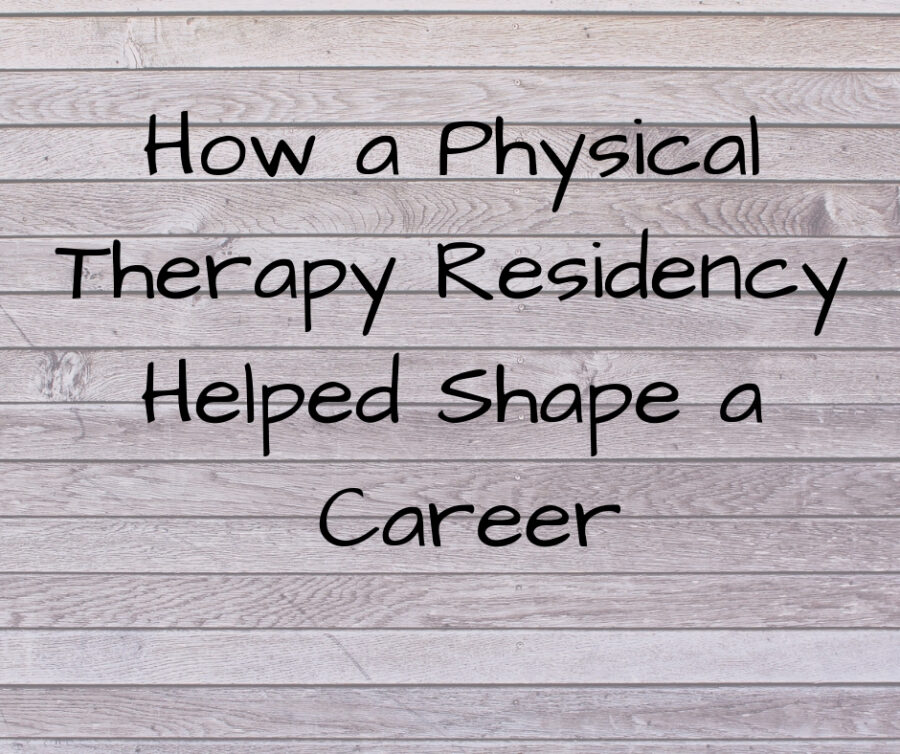On a rainy cold day in November, Jason Boddu greeted me with a warm smile. Jason, a soft-spoken man, owns Health Source Rehabilitation in Portland, Michigan. His reserved demeanor hides his passion for manual physical therapy. Jason started his physical therapy journey in the same clinic that he now owns. After graduating from college and unsure of his next career move, Jason’s father suggested he help in the physical therapy clinic. Jason started out cleaning rooms and managing the laundry. He then progressed to a tech role and it was there that he decided to apply for Physical Therapy school. Jason attended the University of St. Augustine and after finishing his physical therapy degree, completed the manual therapy certification one year later.

Residency through the IPA is approximately 1 to 1.5 years, depending on the student/program. Each residency is individually arranged between mentor and student. Each residency includes minimum hours of 1:1 patient treatment time as the student works for the mentor. Residency requires 7 courses that include:
- 2 days of review
- Oral, written and practicum testing
During the residency Jason states that he averaged 3-5 hours/week of studying outside of clinical hours to master the material. In summary, here are the potential commitments and requirements of completing a residency.
- First, unless you are in an area with an existing mentor, you are probably looking at moving/changing employment.
- Second, there is a financial obligation to the mentor.
- Third, you will be committing to outside study time and intense weekends 7 times over a 1-1.5 year period to complete residency courses. All total a big commitment!
I wanted to know why he specifically chose IPA. Jason explained that he “just gelled” with the concepts and treatment philosophy. “I was able to immediately apply the techniques I learned each weekend course and make an immediate positive change with my patients,” he said. I asked him what is unique to FMT? Jason states that IPA is a blending of Proprioceptive Neuromuscular Facilitation (PNF) principles, joint mobilizations, patient education and hands-on retraining of movement. This includes a focus of “core first automatic engagement vs volitional recruitment of the abdominals.”
So, is the investment worth it? I posed the exact question to Jason. Why did you do it and why would you recommend the residency program? Jason identified that you need something that keeps you bound to the idea that we got into physical therapy to help people. You need a framework that allows you to stay curious and engaged to discover how to help someone. I wanted to feel more effective with my patients and to develop a framework of clinical reasoning to help patients. Jason stated IPA provided a “lattice framework for identifying how and if I can help someone.” He said he can now quickly identify if the patient requires different type of care. “My care is much more efficient, because I am able to identify who I can help and how to help them.” With a smile Jason stated, “Work is more fun because now each patient is a puzzle that IPA allows me to unravel.” The patient recognizes that the clinician is going through an investigative process and wants to be a part of the discovery so that they can heal!
Driving home I reflected how encouraging it was to speak Jason. It was pleasant to meet a PT that is passionate about his craft. Jason was a breath of fresh air and displays genuine satisfaction with his work. He embodies our exact vision here at myPTsolutions, which is to connect and serve with compassion, excellence and dedication. I believe that part of his satisfaction stems from his mastery of manual physical therapy. Jason knows whether or not he can help a patient and he knows HOW to help them. Completing an IPA residency program requires a time, dedication and perseverance. For Jason the investment was worth it!
What do you think? Have you completed an IPA, or would you consider it? How has it helped you in your practice? Let us know in the comments below.

